Written in 2021 before N Morishita's sudden resignation
As of 2018, of the total population of 126 million people in Japan
As of 2018, of the total population of 126 million people in Japan
The 21st Century Elderly Institute for Our Creative & Sustainable Future
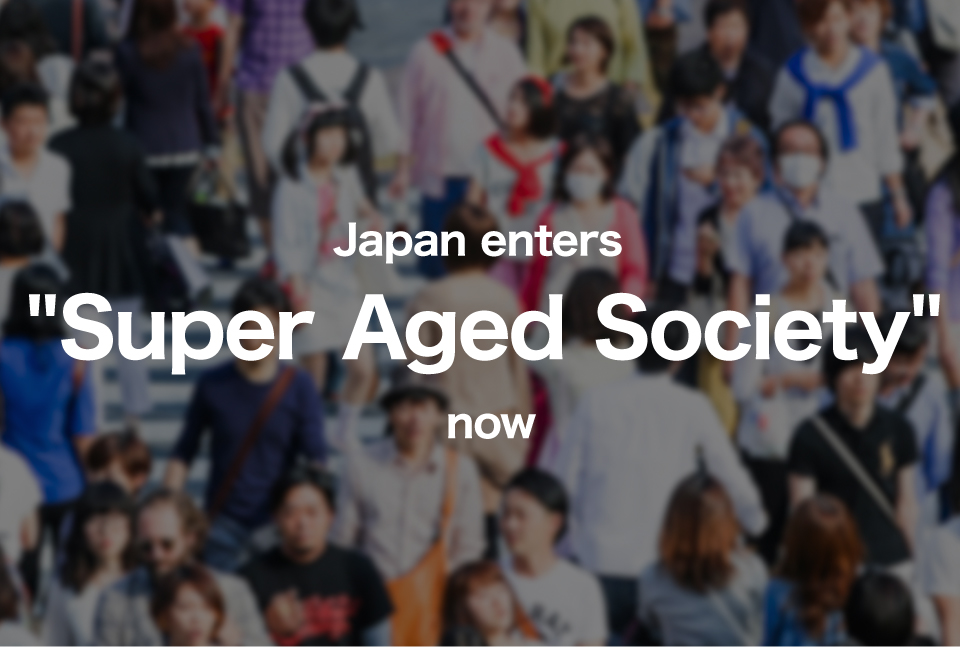
Written in 2021 before N Morishita's sudden resignation
As of 2018, of the total population of 126 million people in Japan
As of 2018, of the total population of 126 million people in Japan
80 years old or older
10 million
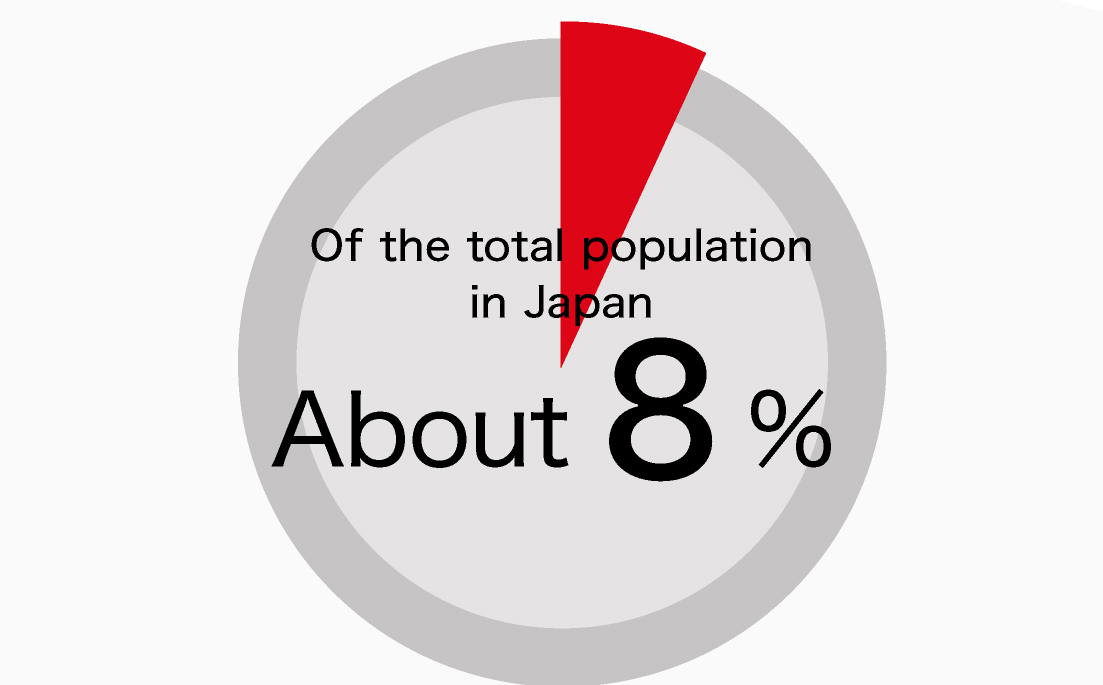
Women over 65 years old
20 million
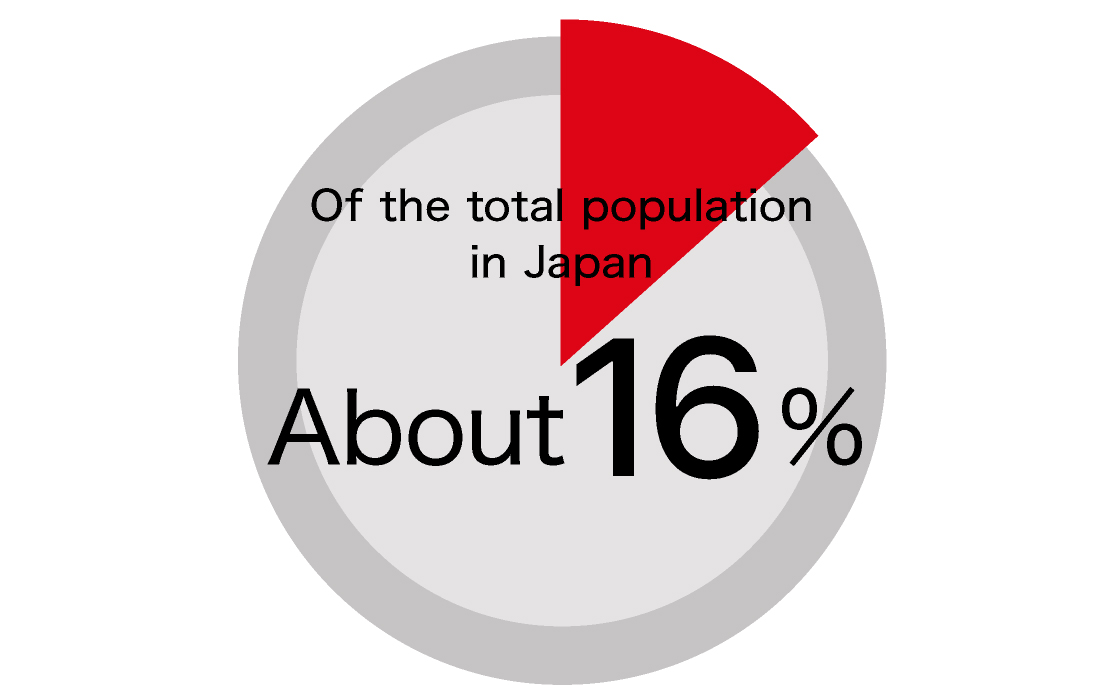
One in Five
of the total population
70 years old or older
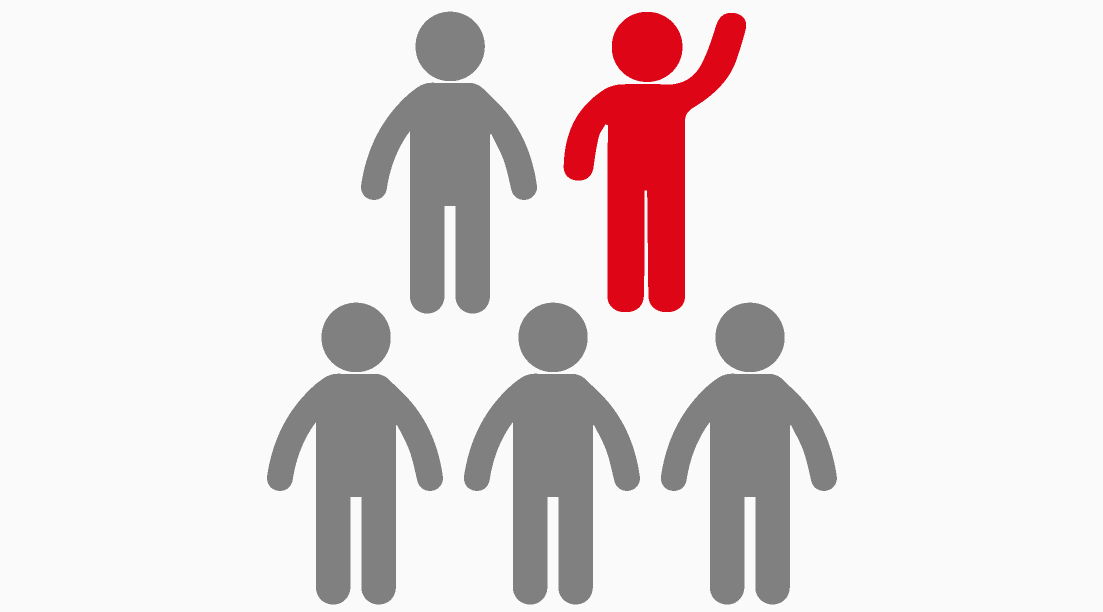
In 20 years,
One in Four or Five
elderly people will live alone
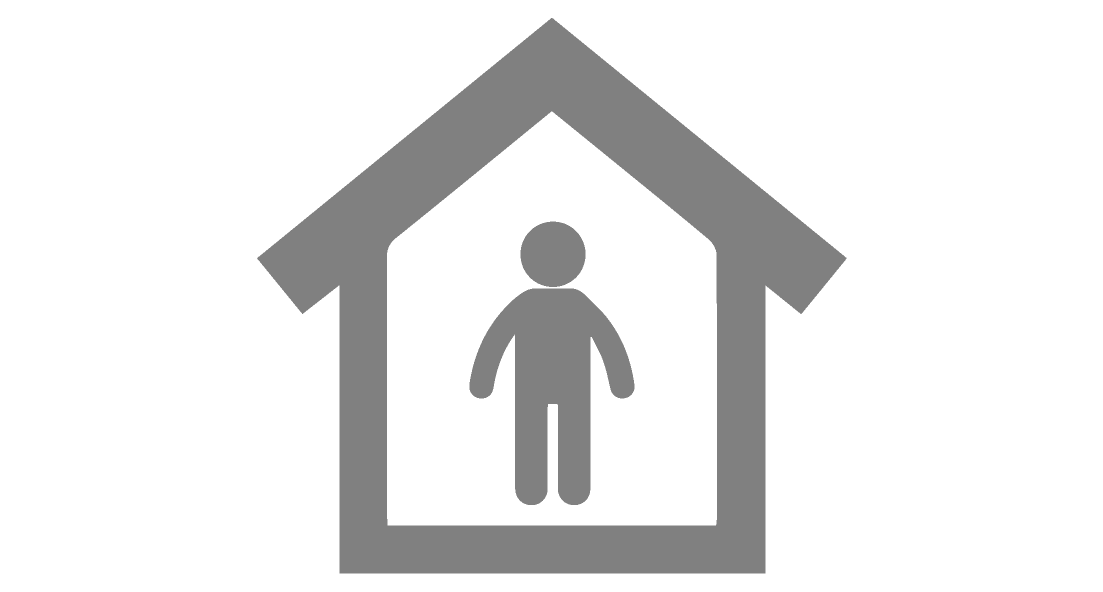
The number of elderly people over 100 years old
153 in 1963
↓
70,000 in 2018
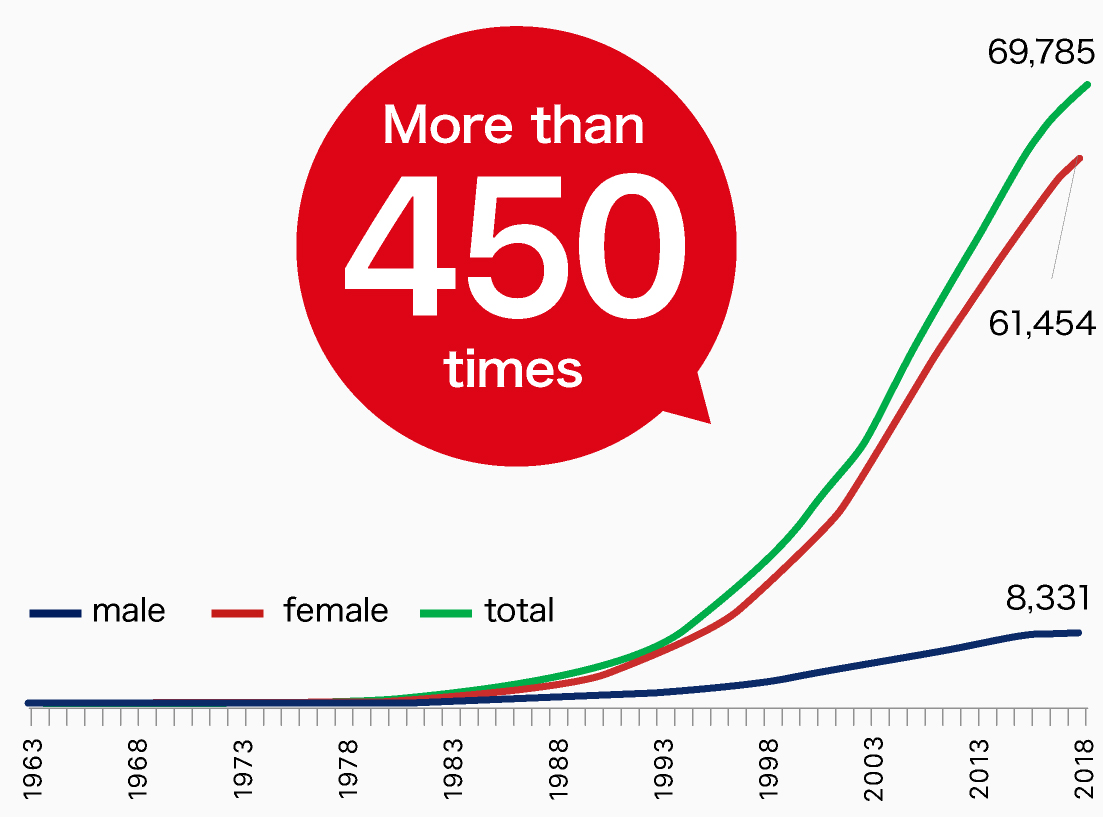
The “100 years of life” era is coming
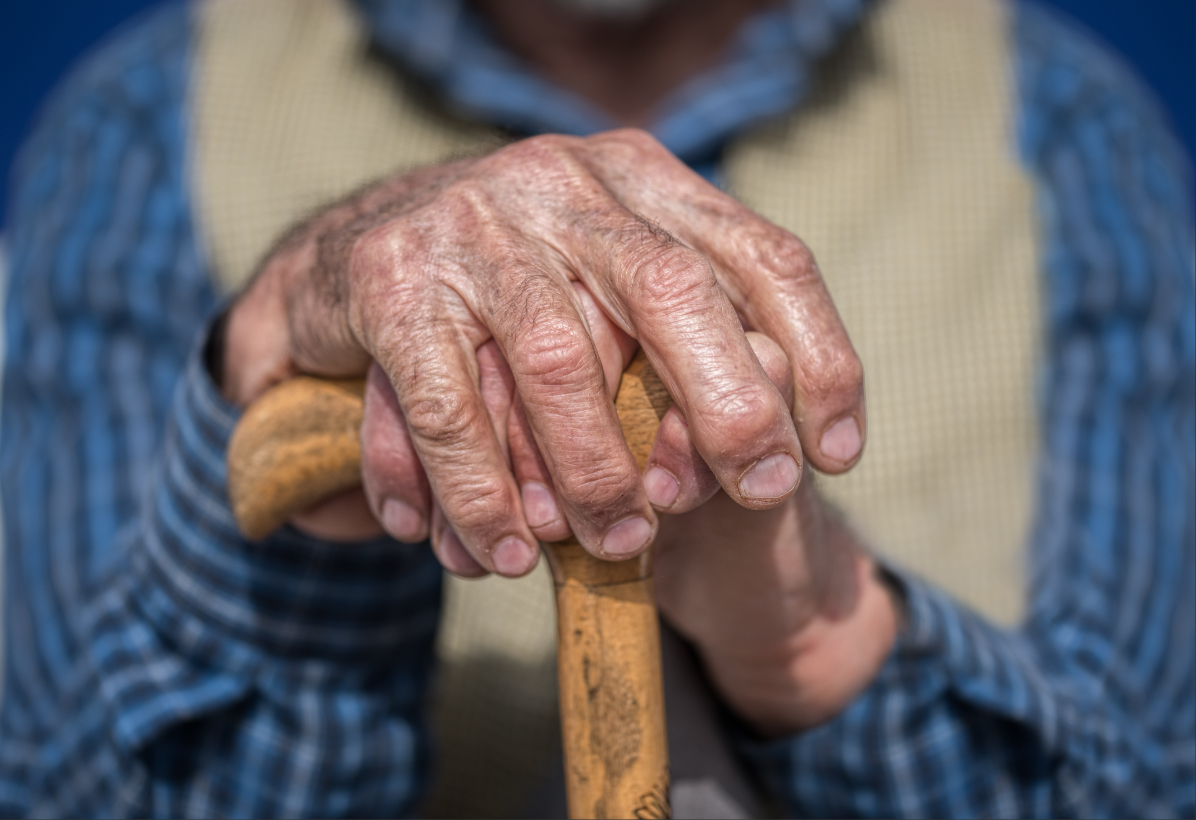
50 years in the second half of life is too long.
How do you spend it?
Just under being nursed by your family?
Do you just pursue your own hobbies?
Entering the perfect nursing care home?
Do you stay at home alone?
The latter 50 years of ageing is an unknown world for mankind.
You wish to do something, but what could you do...?
“Our institution” answers to this question
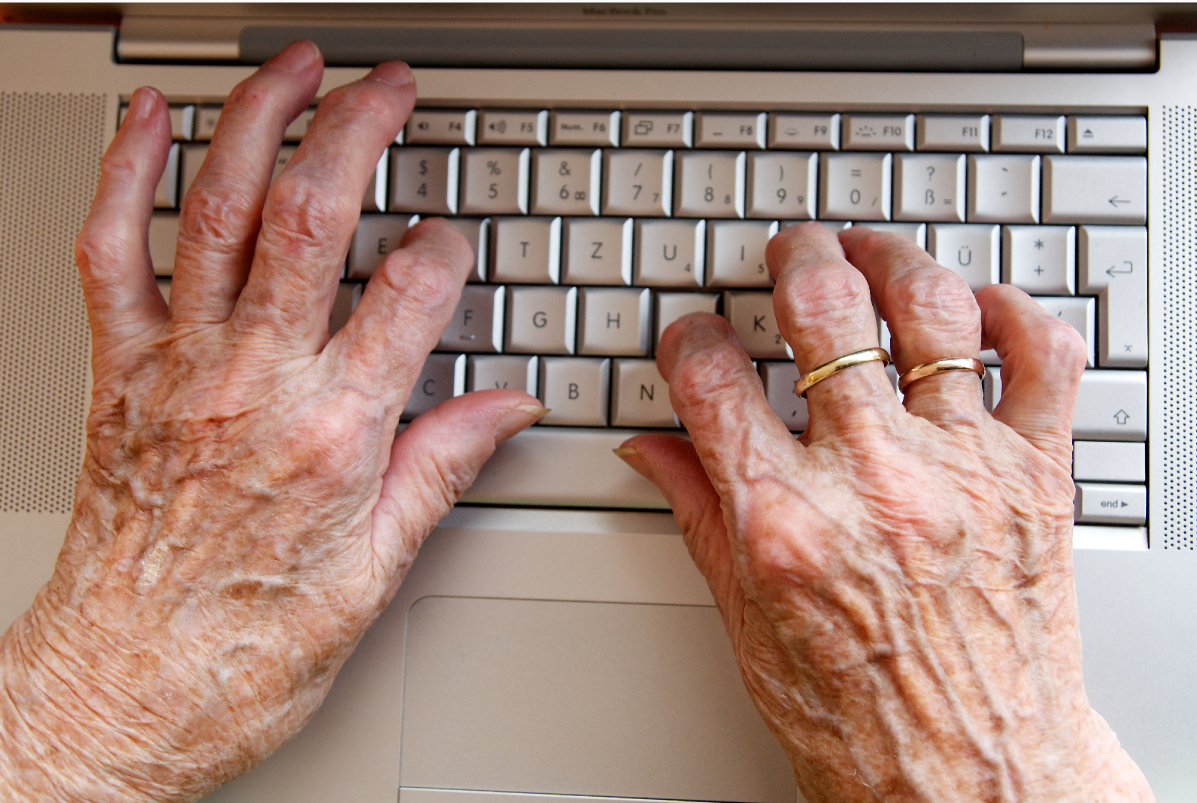
“Re-Ageing” is not “finished or mature” but “forming or becoming.” And it also means “reconsidering constantly the ageing”. To age is to live and change the way of the last 50 years of life. We need a New Ethics to recreate “a new way of ageing.” “Our institution” shows the New Ethics of the era of “100 years of life”.
What "Our institution" offers?
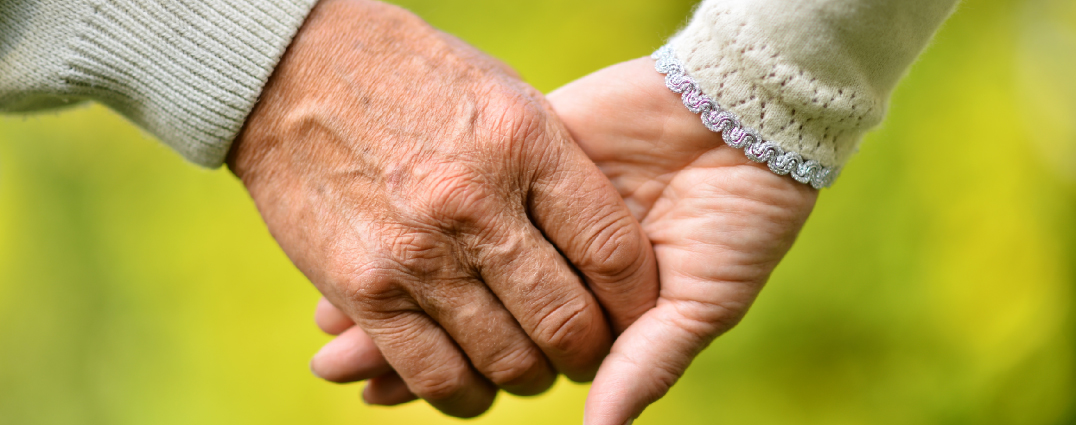
The healthy elderly say, “I wish to do something, but I do not know what to do.”On the other hand, disparity between the rich and the poor, nursing care fatigue, loneliness and anxieties about after-death have been rapidly spreading.
Looking around surroundings, the young feel burdens and hopelessness.
What we need is a New Type of the elderly to form various communities.
The point is what to do “for and with” the young.“Our institution” explores and presents suitable models of the new elderly type.
What "Our institution" helps?

It presents to the elderly the way of living in the second half of life.
For the young, does it present the way of living in the first half of life.
The elderly receives the energy from the young,
The young learns how to age from the elderly.
With both generations’ collaborations, Japanese Society is to be sustainable.
That is the purpose “Re-Ageing society” aims for.
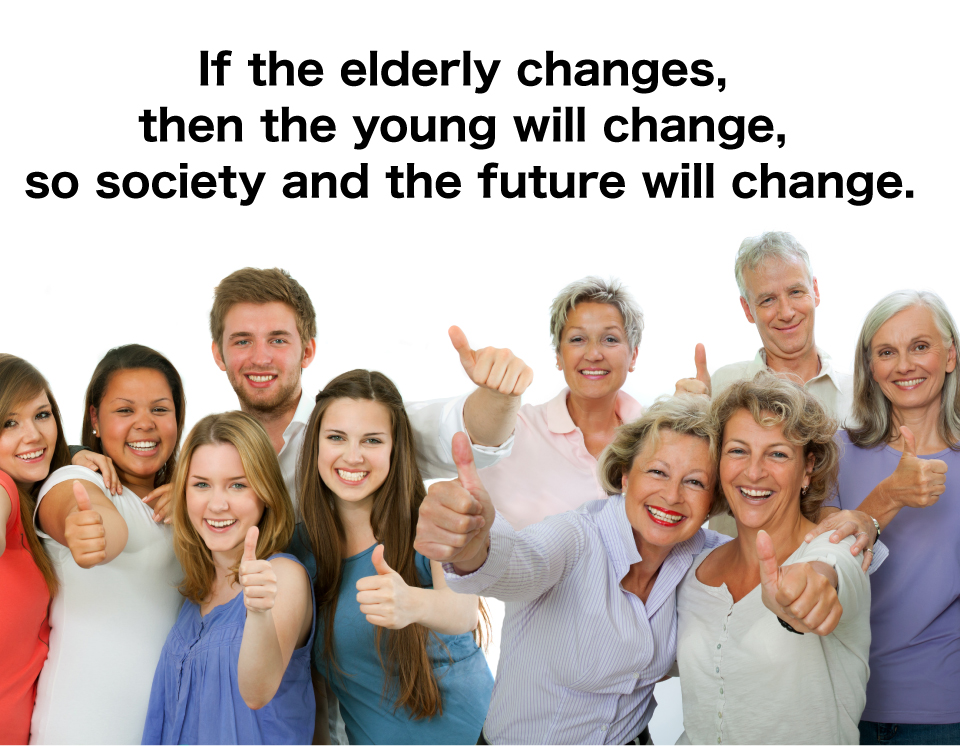
The 21st Century Elderly Institute for Creative & Sustainable Future
(Former name: Center for Re-ageing Gerontology)
Established in August 31, 2018.
The project consists of the following 4 points:
・Researching Re-Ageing Society realized by cooperation of multiple generations
・Disseminating research results with lectures, publications and so on
・Opening the forums to exchange their research results and opinions
・Promoting theoretical researches on the 21st century elderly
*Refer to “Systems Ethics”
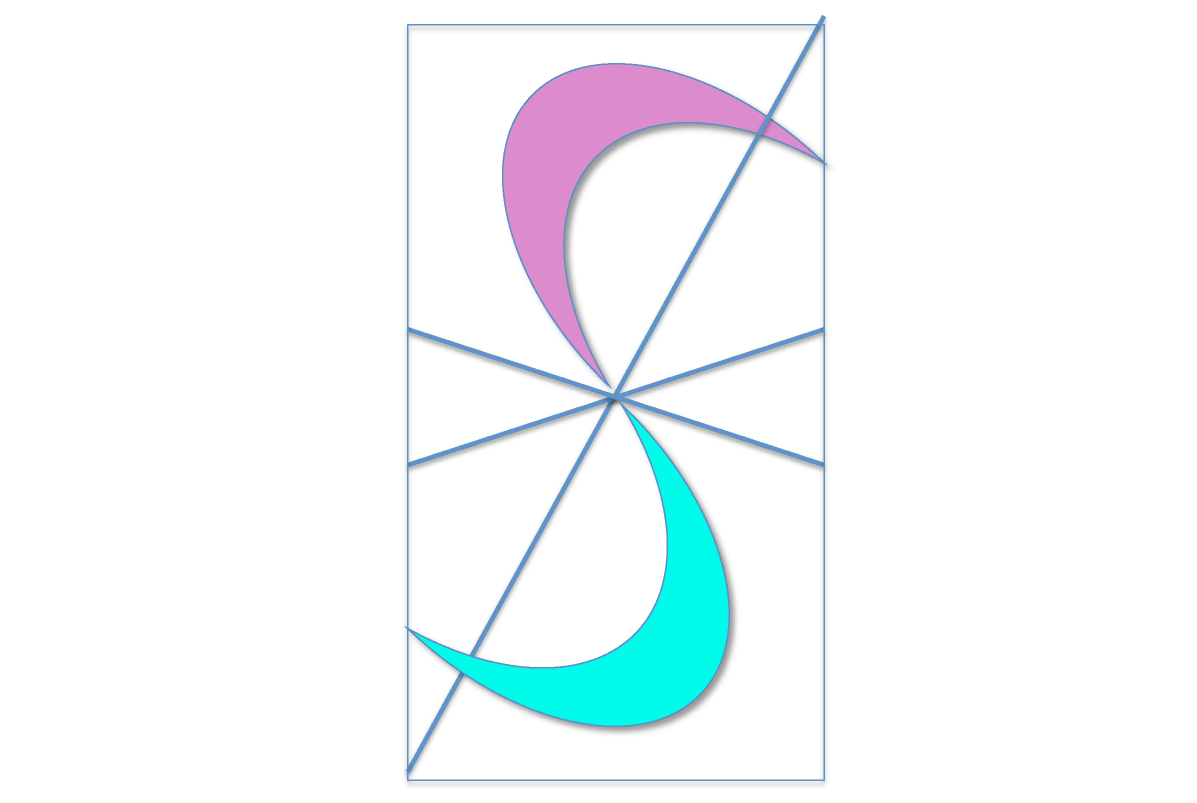
Symbol Mark
Indicating collaboration between the elderly (red purple) and the young (blue green). The S shape means spiral undulation, System, Society, Structure, Scheme, etc. The oblique long line is the axis of life and death, The slope of 23.4 degrees images the earth axis, The short two-axis/four-divisions shows the structure of the whole human activities.
President
Naoki MORISHITA
Born in 1953
Japanese philosopher
Graduated from University of Tokyo, Faculty of Letters (Ethics) and Graduate School of Humanities (Doctoral Course)
1987 Associate Professor, Hamamatsu University School of Medicine
2002 Professor
2019 retired, Emeritus Professor
Specialty: Ethics, Bioethics, Japanese philosophy
Originality: ”Systems Ethics” from 2012
“Our institution” from 2014
Naoki MORISHITA
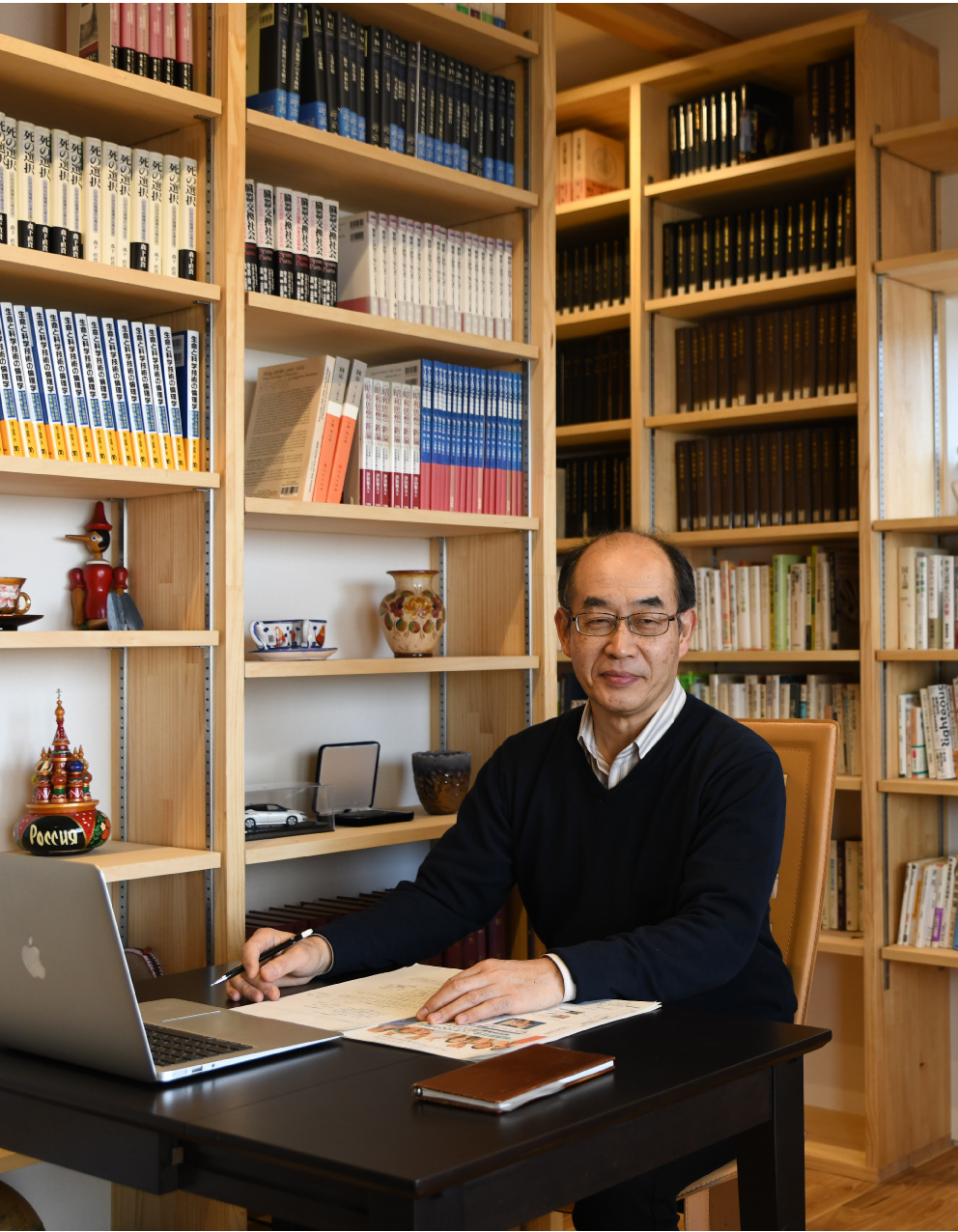
Born in 1953
Japanese philosopher
Graduated from University of Tokyo, Faculty of Letters (Ethics) and Graduate School of Humanities (Doctoral Course)
1987 Associate Professor, Hamamatsu University School of Medicine
2002 Professor
2019 retired, Emeritus Professor
Specialty: Ethics, Bioethics, Japanese philosophy
Originality: ”Systems Ethics” from 2012
“Our institution” from 2014
I have lectured to medical students, nursing students or researchers at medical universities for 31 years and also to non-medical graduate or undergraduate students, researchers at research laboratories or hospitals and citizens. I have covered a wide range of themes such as medical ethics, research ethics, view of health, view of life and death, youth culture theory, AI robot, reproductive medicine, child care, QOL and so on. All themes are closely related to the Re-Ageing Society. “Re-Ageing Society” is not just for the elderly but rather the young should be the leading players in future communities. I will do my best to establish Re-Ageing Society. For related lecture requests, please do not hesitate to ask with e-mail (naosan1953@gmail.com).
Main Books written by president
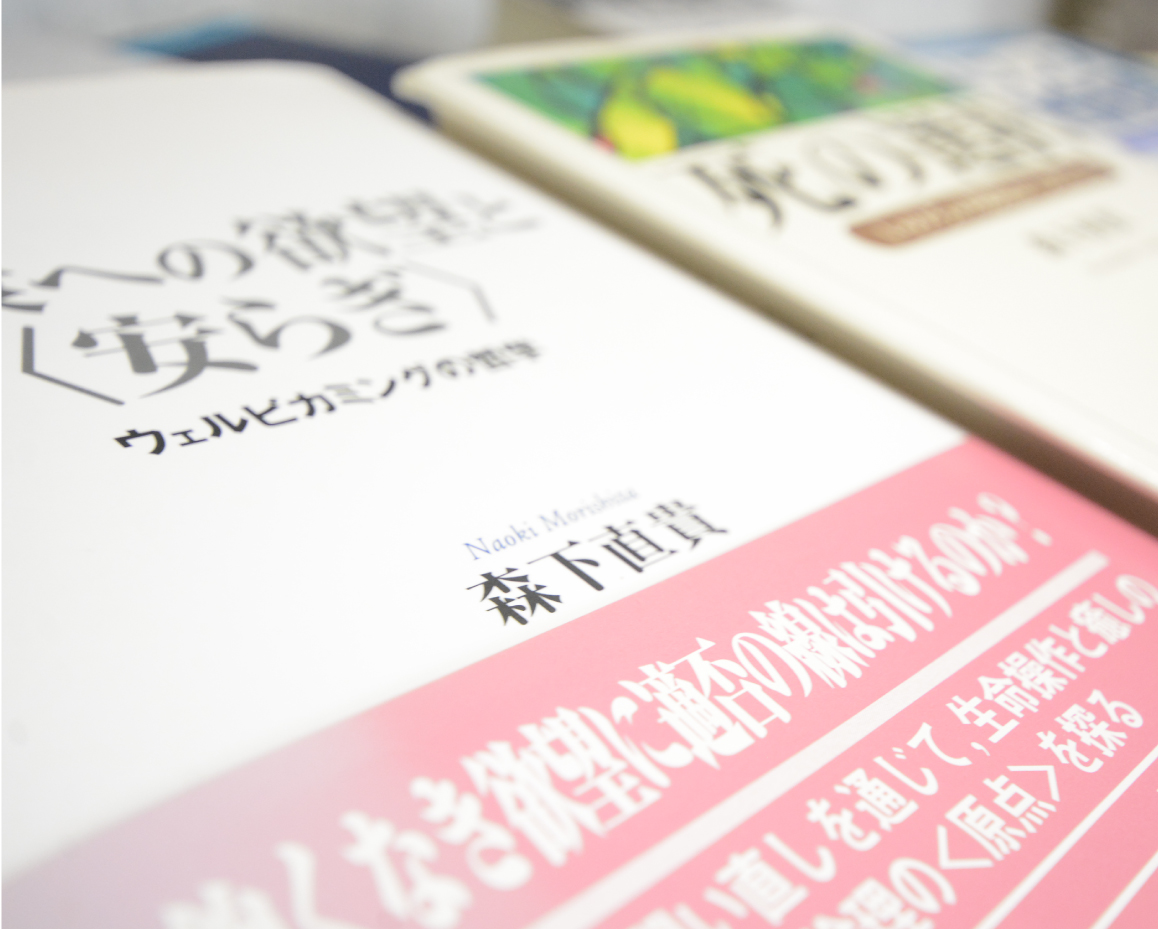
*As for other books and many papers, please refer to “Achievement of Activities.”
・Japanese Society and Bioethics, co-edited, Ibun-Sha, Tokyo, 1995.
・Choices of death: Thinking from the Viewpoint of Living World, Mado-Sha, Tokyo, 1999.
・Organ Exchange Society: American Reality and Japanese Near Future, co-tr., Aoki-Shoten, Tokyo, 1999.
・Who are “Unworthy Beings to Live”? Reading the Original Text of Euthanasia-Ideology, co-authored & co-tr., Mado-Sha, Tokyo, 2001.
・Casebook for Medical Ethics, co-authored, Sinkohishiyakau-Shuppan, Tokyo, 2002.
・Desire for Health and “Easiness: Philosophy of Well-Becoming, Aoki-Shoten, Tokyo, 2003.
・The Nature of Health, co-tr., Jikuh-Shuppan, Tokyo, 2003.
・Mizuko: Undercurrent throughout Japanese Culture, co-tr., Aoki-Shoten, Tokyo, 2006.
・Another View of ‘Showa Thought: An Attempt to rewrite the History of Japanese Thought in the 20th Century, co-authored, Bunri-Kaku, Kyoto, 2009.
・Basic History and Structure of Bioethics, ed., Maruzen-Shuppan, Tokyo, 2012.
・Ethics of Life and Technology: Body, Brain, Mind, Society in the Digital Era, ed., Maruzen-Shuppan, Tokyo, 2016.